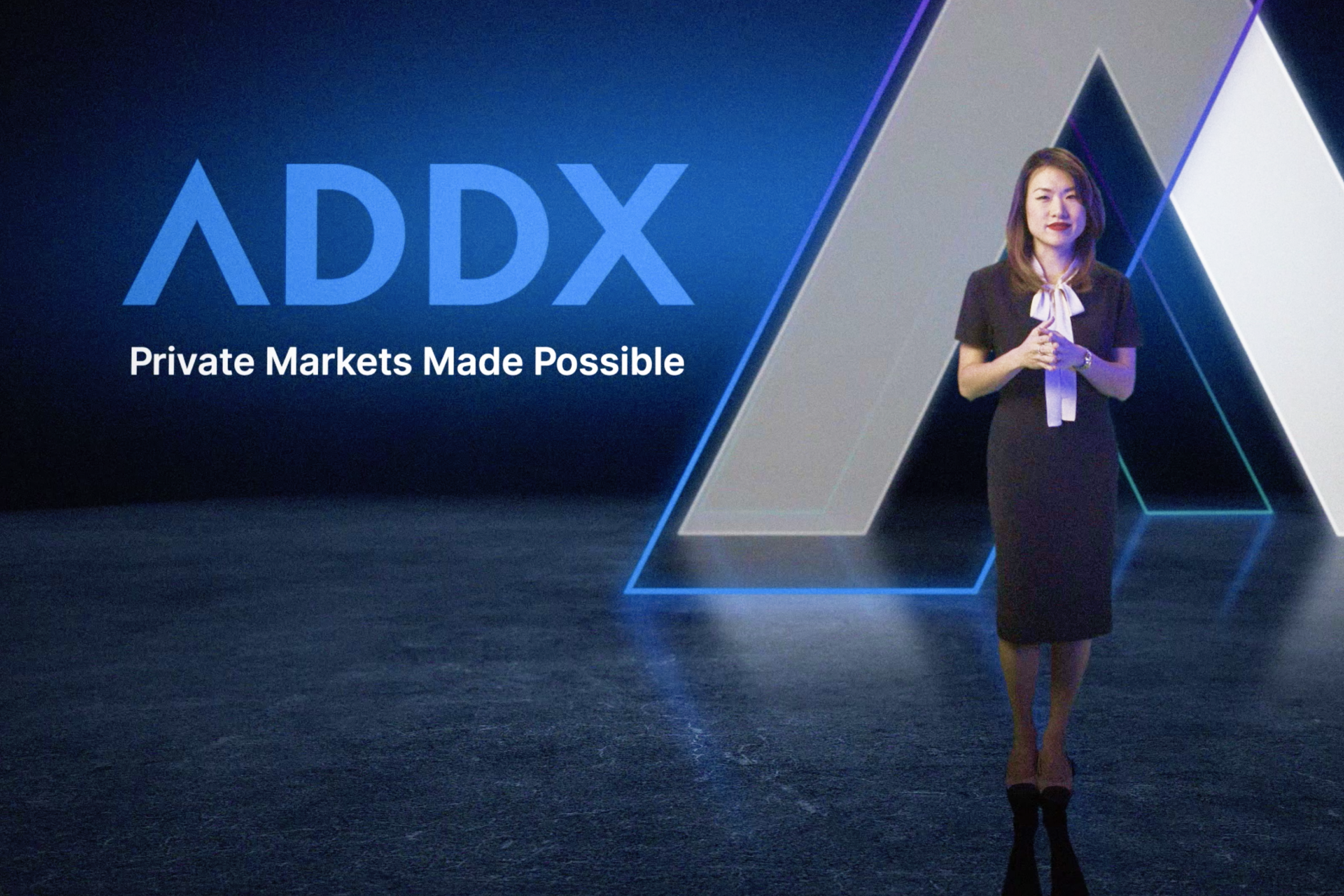With public bond markets heavily impacted by higher inflation and rising rates, there has been growing interest among investors in private credit strategies that can deliver compelling returns and yields. At ADDX, we believe that private credit can contribute to a diversified alternatives portfolio with its ability to enhance returns, to weather short-term market movements and to remain resilient over long-term time horizons.
Private credit – broadly referring to debt provided by non-bank lenders – emerged as a critical source of financing following the Global Financial Crisis as banks pulled back from issuing loans to private companies due to increased regulation.1 Demand for private credit has grown rapidly since then, reaching USD 1.2 trillion and making it the third largest alternatives asset class behind private equity and real estate.1 This growth is expected to continue and private credit assets under management is projected to nearly double to USD 2.3 trillion in 2027.2 In a rising rate environment, investors continue to seek alternative sources of income as traditional fixed income investments may struggle to meet return and yield targets. Private credit can be a meaningful complement to an individual investor’s portfolio, offering enhanced returns, lower volatility and higher resilience.
How does private credit enhance returns?
Over the last decade, private credit has outperformed public loans, delivering 10% annualised returns compared to 5% annualised returns.3 The premium in private credit is typically attributed to reduced liquidity, loans to small and mid-sized companies, and complexity in originating, underwriting and structuring private loans. This premium may enhance overall returns for investors with longer time horizons, and private credit strategies that focus on capital preservation (such as direct lending) can offer stable returns while protecting against losses.
Is it an all-weather asset class?
Given that private credit loans are not publicly traded and are typically valued on a quarterly basis, loans are insulated from short-term market volatility and valuations are based on underlying companies’ fundamentals. There is little exposure to panic selling and investors can focus on each businesses’ performance instead of market sentiment. Private credit also tends to have a low correlation with publicly traded investments, helping to shield returns from wider market disruption. It is an asset class that has demonstrated resilience during challenging periods, such as the COVID-19 pandemic. Calendar year returns for private credit were 9.90% in 2021, compared to its public benchmarks returning 5.28% for the Bloomberg High Yield Bond Index and 5.20% for the S&P/LSTA Leveraged Loan Index.4
How does private credit offer downside protection?
There are numerous sub-strategies that fall under the private credit umbrella such as direct lending, mezzanine debt, and special situations, that range in risk/return characteristics. Direct lending represents the largest share of the private credit market and primarily invests in senior secured loans that sit at the top of the capital structure.5 Even in a worst-case scenario, capital preservation remains strong given there is often recourse to the underlying company’s assets in the event of a default and senior credit is typically the last to be impaired if a company underperforms. Additional factors in the resiliency of a private credit investment are strong sourcing, disciplined underwriting and strength of relationship between borrower and lender, highlighting the importance of manager selection. Particularly in times of market uncertainty, private credit may offer an attractive risk-adjusted return for investors with longer-term horizons seeking credit alternatives. The high growth of the asset class signifies its continued importance in portfolios and the role it can play as a diversifying strategy with its return-enhancing, less volatile and resilient profile.
1Source: IFC
2Source: Preqin
3Source: GSAM
4Source: Institutional Investor
5Source: S&P Global
This is not an advertisement making an offer or calling attention to an offer or intended offer. The information contained herein are for informational purpose only and has not been independently verified to ensure its accuracy and fairness. Nothing in this article should be relied upon as a representation or warranty as to the future. Neither ADDX Pte. Ltd. (the “Company”) nor its affiliates accept any direct or indirect responsibility or liability for the information and contents supplied in this article or all losses, damages, costs and expenses incurred by the recipient or any party as a result of this article. In considering any investment or other performance contained herein, investors should bear in mind that past performance is no guarantee of future results.
Neither this article nor anything contained herein shall form the basis of any contract or commitment whatsoever and should not form the basis of any investment decision and should not be considered as advice or recommendation by the Company, its affiliates, representatives, directors, managers officers, employees, agents, to acquire any capital markets products.
This article is confidential and may not be copied, distributed or reproduced in any form for any purposes.
Full disclaimers here: https://documents.addx.co/Disclaimer_Webinar_8Sep22.pdf
Company Registration Number: 202125312H


